|
Since moving back to the Deepings area in late 2019, I've been making a fairly regular habit of checking the local sewage works during the winter months. There are two within striking distance, one at Deeping St James and the other near Barnack (confusingly called 'Stamford' by Anglian Water despite being just into Cambridgeshire). This was a new type of birding for me, which can be frustrating at times but also productive with patience.
Of the two sites, Deeping St James is by far the easier to work, with a footpath around the perimeter. Last winter it had a handful of Common Chiffchaffs, but my first visit this winter produced nothing. But the sun was out on Thursday and it was calm, so I went down for a look. I'd done a circuit of the site and not seen a single Chiff in 30 minutes and was close to giving up when a familiar peeping emanated from the hedge on the south side of the road, opposite the works, before flying across the road and disappearing into the compound.
Though missing for a while, the bird started vocalising again a little bit later and I was able to make some recordings. The call itself is quite interesting; to my untrained ear it sounded like a tristis peep, but looking at the sonograms seems to show that it's more of a 'sweeo' call. However the frequency of this, and an only slight rise and fall on the sonogram, seems to be OK for tristis, from what I can see in available literature and comparing to recordings made across core tristis wintering range.
It was remaining deep inside the compound, out of view, but I was interested to see how it responded to playback, so gave a short burst of tristis call. Immediately I noticed the bird bounding through the thicket towards the perimeter fence, and it started calling back. I played a short snippet of tristis song and the bird went absolutely crazy, quickly climbing to the top of the trees, flicking its wings and looking around restlessly.
I repeated the experiment with typical collybita calls and song, but the bird showed no interest and all I managed to draw in were a couple of Common Chiffs.
Thankfully the Siberian-type gave some excellent views and even sat still at the top of a tree for a while, preening in the sun. This allowed me to obtain some photos, which showed a particularly fascinating bird.
This bird is evidently not what is routinely referred to as 'classic' tristis, which has a uniform, brown-buff plumage, lacking yellow or olive tones, and shows very dark bare parts. The Deeping individual is very pale (note that my images exacerbate this a little and it didn't look quite as white below in the field as it does in many of the shots). It also shows quite a bit of olive in the wings and tail, plus a faint wash in the shoulders and mantle. Furthermore, the fore of the supercilium also exhibits some yellow, while the lower mandible shows extensive paleness, with the feet also paler.
What, then, does this mean? Lately I've spent plenty of time reading many resources on Siberian Chiffchaffs, hybrids and the variation these exhibit. For anyone not aware, Alan Dean's excellent website is a great place to start.
From what I can gather, the Deeping bird must surely fall into the bracket of 'fulvescens', i.e. a bird that looks like a tristis, but shows some minor 'blemishes' in plumage (typically the olive and yellow tones shown in places as in the Deeping bird) that, without good-quality photographs or excellent, prolonged views, would likely be undetectable in the field. What exactly fulvescens consists of is also not entirely clear, although general consensus is that these are 'western' tristis from the Urals east through the West Siberian Plain. Birds in this region look and sound predominately as tristis, although many birds do tend to show subtle olive or yellow plumage traits. This appears to be due to historic (or possibly ongoing to a minor extent) genetic admixture with albietinus, which DNA studies have demonstrated. However, with tristis genes dominant and admixture minimal, most birders seem to consider fulvescens as part of tristis. Without wanting to go too far down the rabbit hole, it is well worth reading the resources on Alan's website, linked above.
This doesn't consider apparent hybridisation elsewhere (i.e. the Urals and further west). However, I would expect a true hybrid from the sympatric zone to exhibit a greater mix of features and also perhaps a range of vocalisations. The Deeping bird only ever gave the one call type. In my opinion, the bird's strong reaction to tristis playback (and lack of interest in collybita vocalisations) is a strong indicator that this is a chiffchaff born and raised in tristis territory. This reaction was notably different to a bird at Stamford STW last winter (more on that below). However, some (most?) committees don't accept fulvescens as Siberian Chiffchaff, preferring only to give the nod to true, classic tristis due to the ongoing uncertainty surrounding fulvescens (see e.g. here). That said, the evidence does seem to suggest that fulvescens falls under the tristis umbrella, although it's a subjective matter of taste as to where you draw the line – similar in many respects to marginal Kumlien's/Thayer's Gulls or, more pertinently, pure Caspian Gulls and hybrids. In my view, not only appearance but behaviour and vocalisations are important to making judgements, and the Deeping bird's strong response to tristis call and song is, for me, a pretty clear indication of where it must have come from. Whatever its origin, this bird has travelled a long way to get to Deeping and that in itself is fascinating. As a friend said to me, it's probably a victim of showing too well – the imperfections likely would have gone unnoticed if it hadn't obliged for these photos! Previous birds Baston Fen, November-December 2020 Of the three 'Siberian-type' Chiffchaffs I have seen in the Peterborough area in the past couple of winters, this was the standout bird. A classic in every respect, with perfect buff-brown plumage entirely lacking yellowish tones, the 'tobacco'-coloured ear coverts and jet-black bare parts, backed up by call, a classic tristis peeping, and its strong response to tristis playback. Unfortunately I was unable to record the call as I only heard it initially, before I'd even seen it, and not again. It was also extremely elusive in willows and very difficult to photograph. Stamford STW, December 2020-January 2021 This bird still baffles me! It was silent on the first occasion I saw it, but stood out from nearby Common Chiffchaffs as pale buff, lacking olive or yellow tones aside a faint wash of yellow in the supercilium, and showed a faint wing bar. For all intents and purposes, it looked like a tristis. On another visit, I heard what sounded like typical tristis-type calls shortly after arriving. These then seemed to morph into alternative 'sweeo' calls before it stopped calling again. On a later visit, this time alongside local birders Mike Weedon and Hugh Wright, we observed this bird giving quiet 'hueet' calls – not full-blooded calls you would expect from collybita, but undeniably sounding like that taxon. Additionally, this bird never responded to tristis playback, either calls or song. But it didn't respond to collybita, either. What this means, I don't know, but it's quite a strong contrast to the previous two individuals, which were both very responsive to tristis calls (and, based on what others with experience of tristis have said, this taxon tends to respond quite strongly to playback). Perhaps it's a bird with mixed genes from the sympatric zone, but it sure looks like a tristis. A fascinating if scary bird, one I ended up not submitting on the basis of its confusing vocalisations and (lack of) responses to playback.
0 Comments
Leave a Reply. |
This pageThe musings of a wildlife enthusiast, usually armed with his camera. Archives
May 2024
|
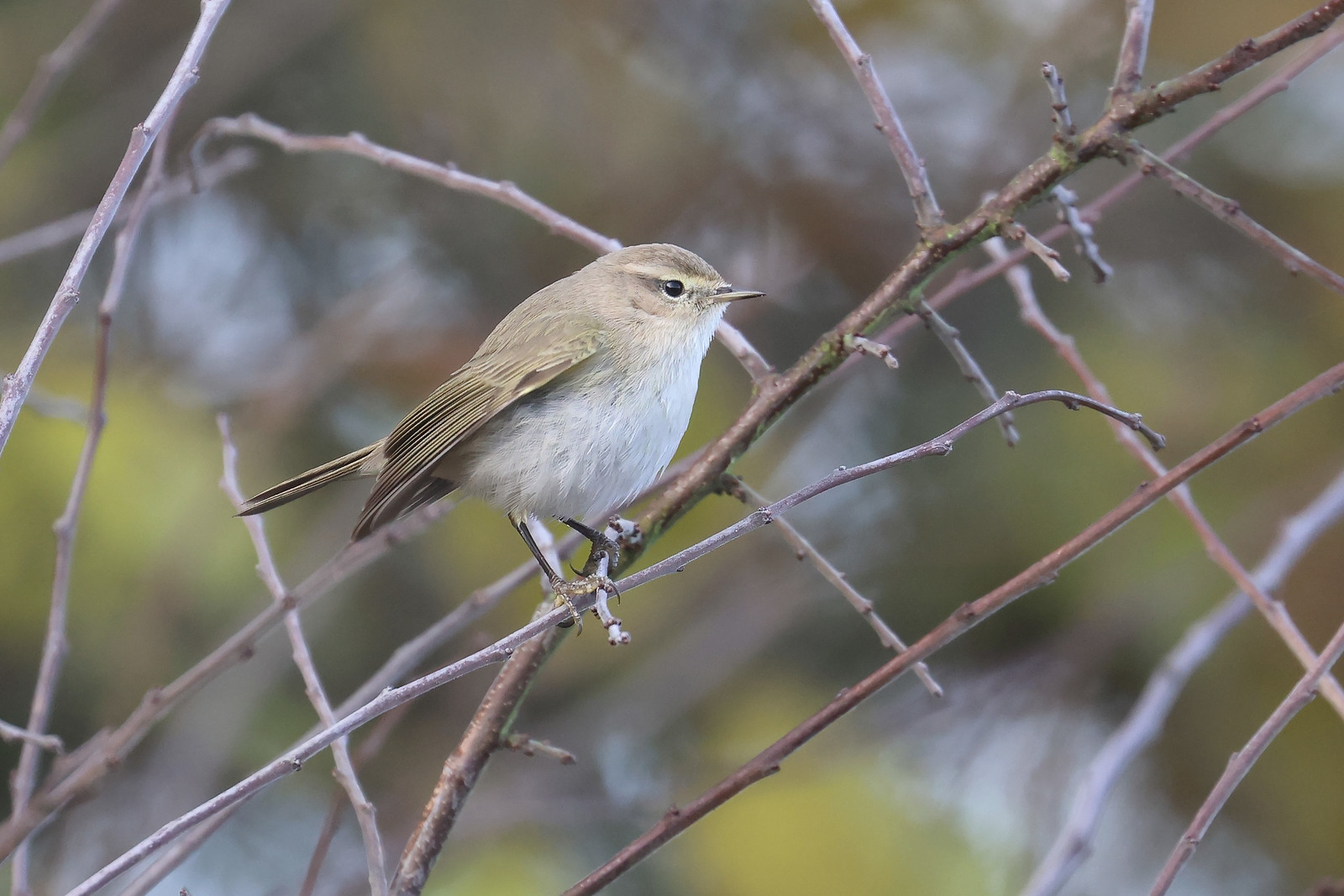
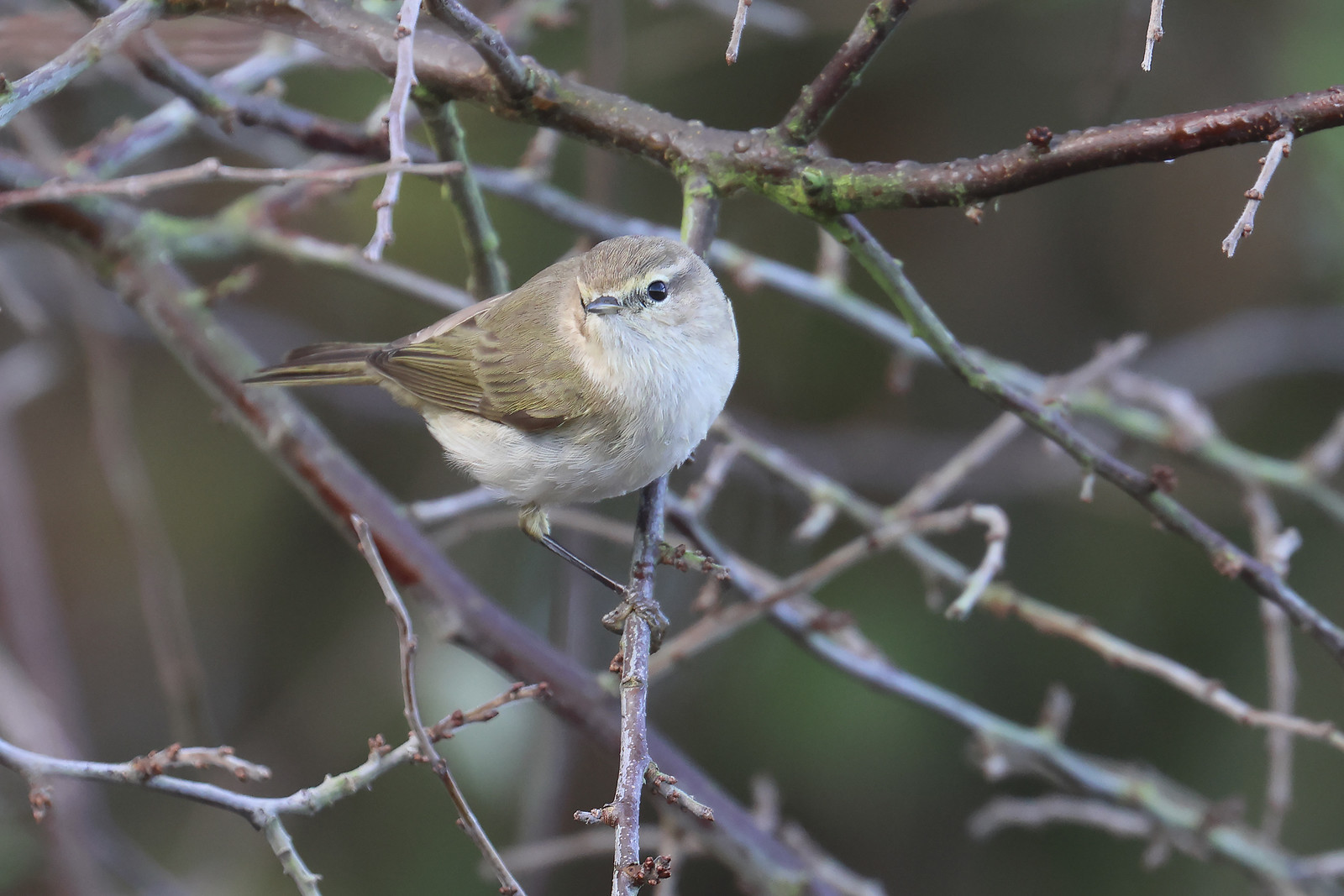
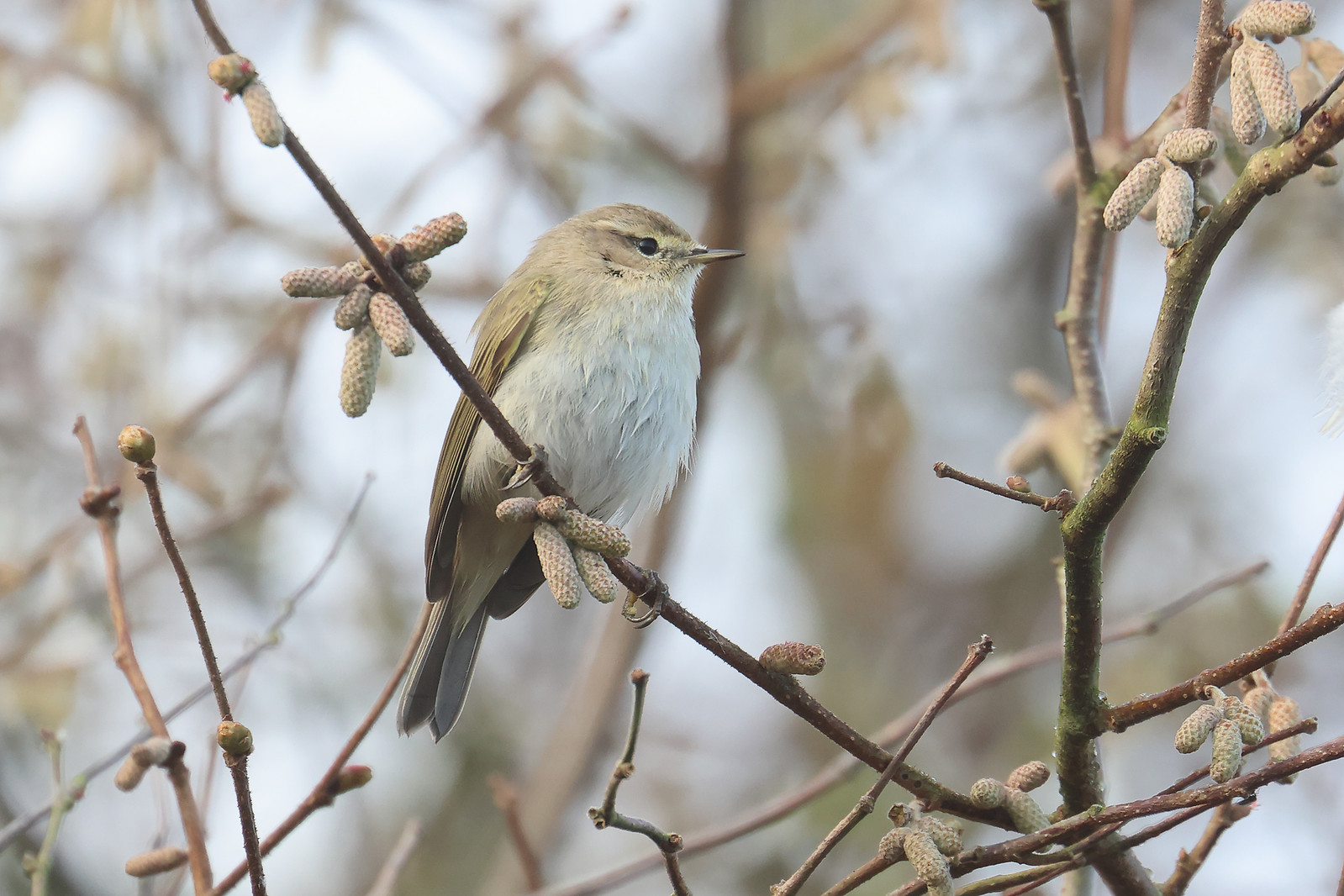
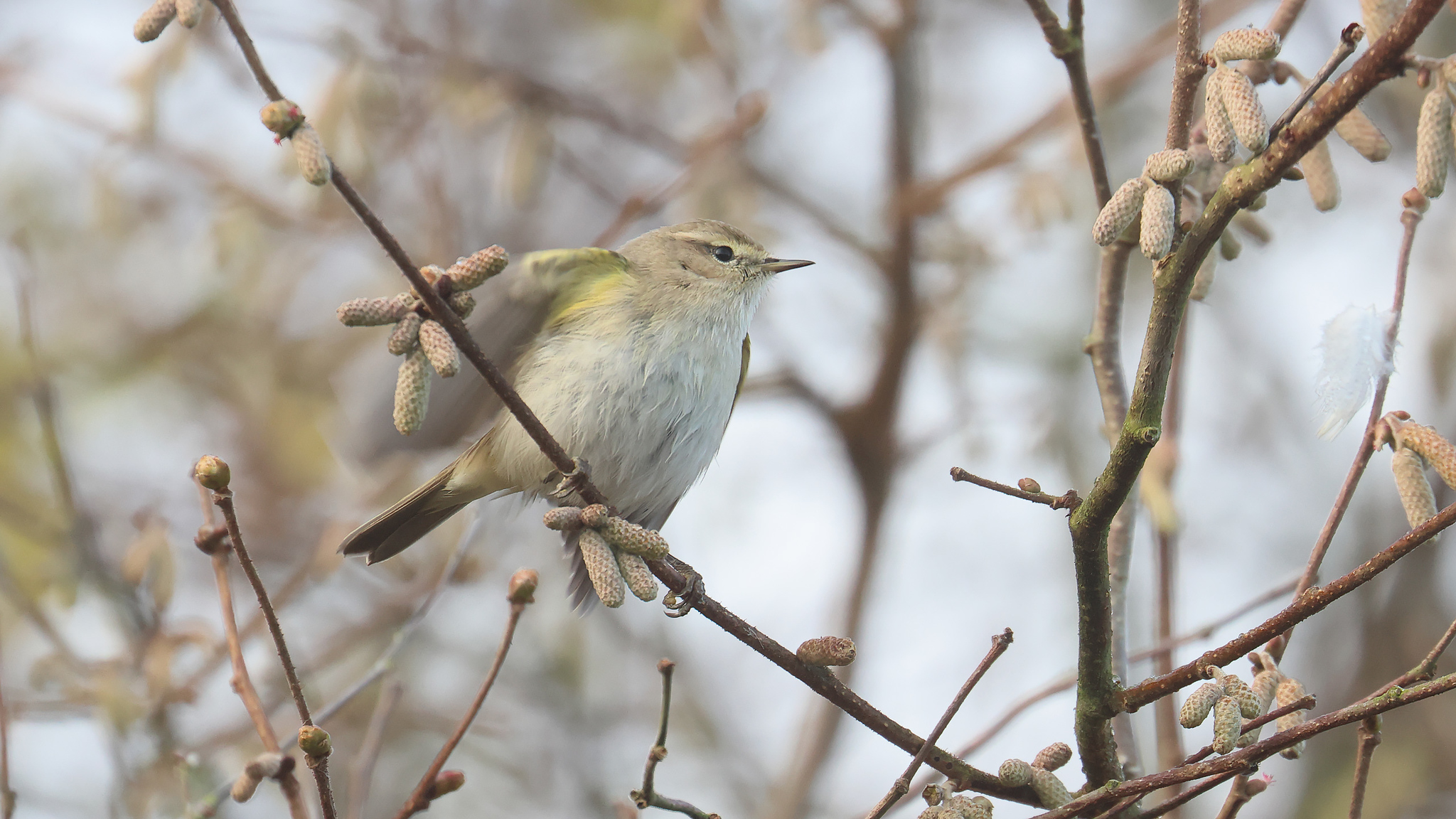
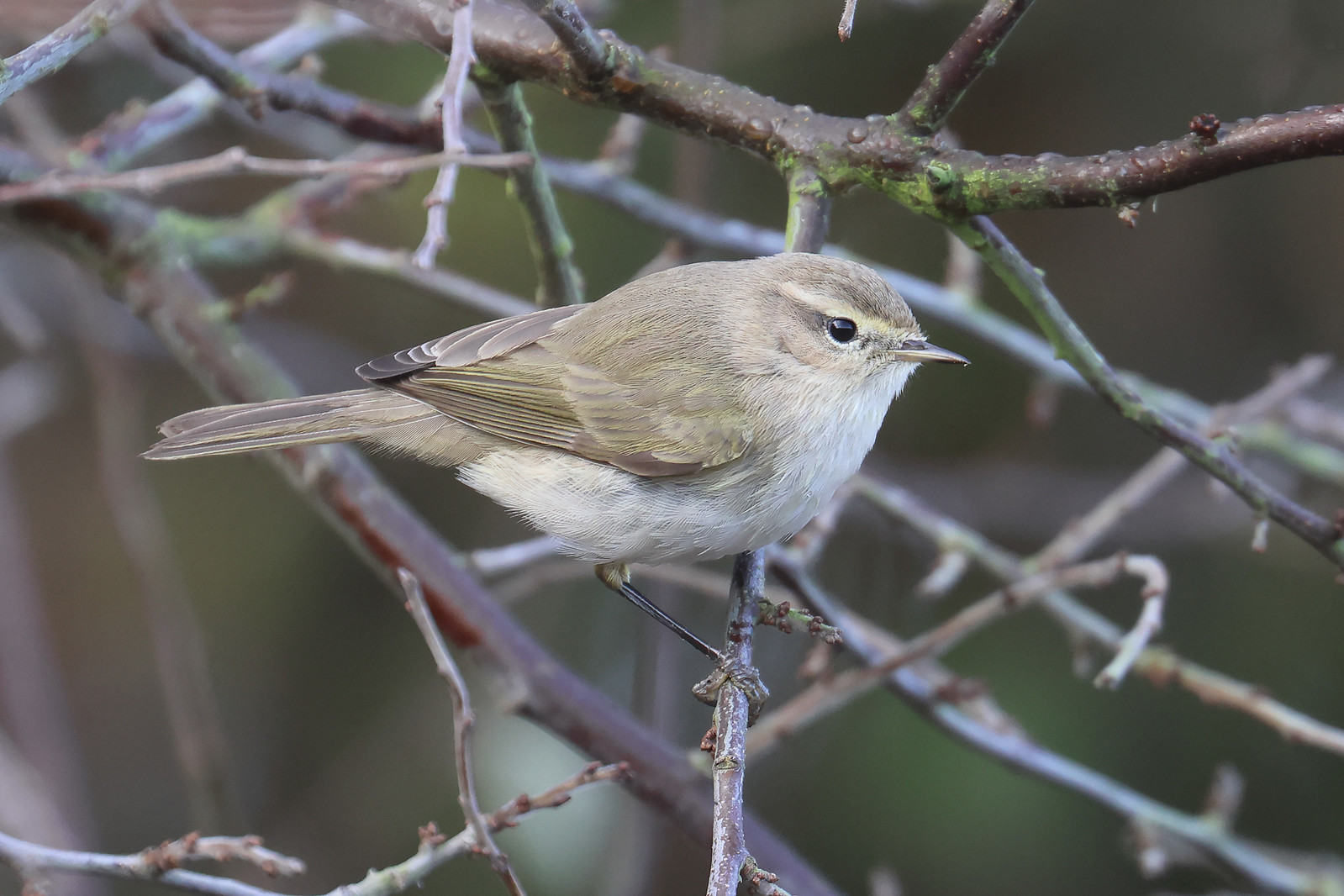
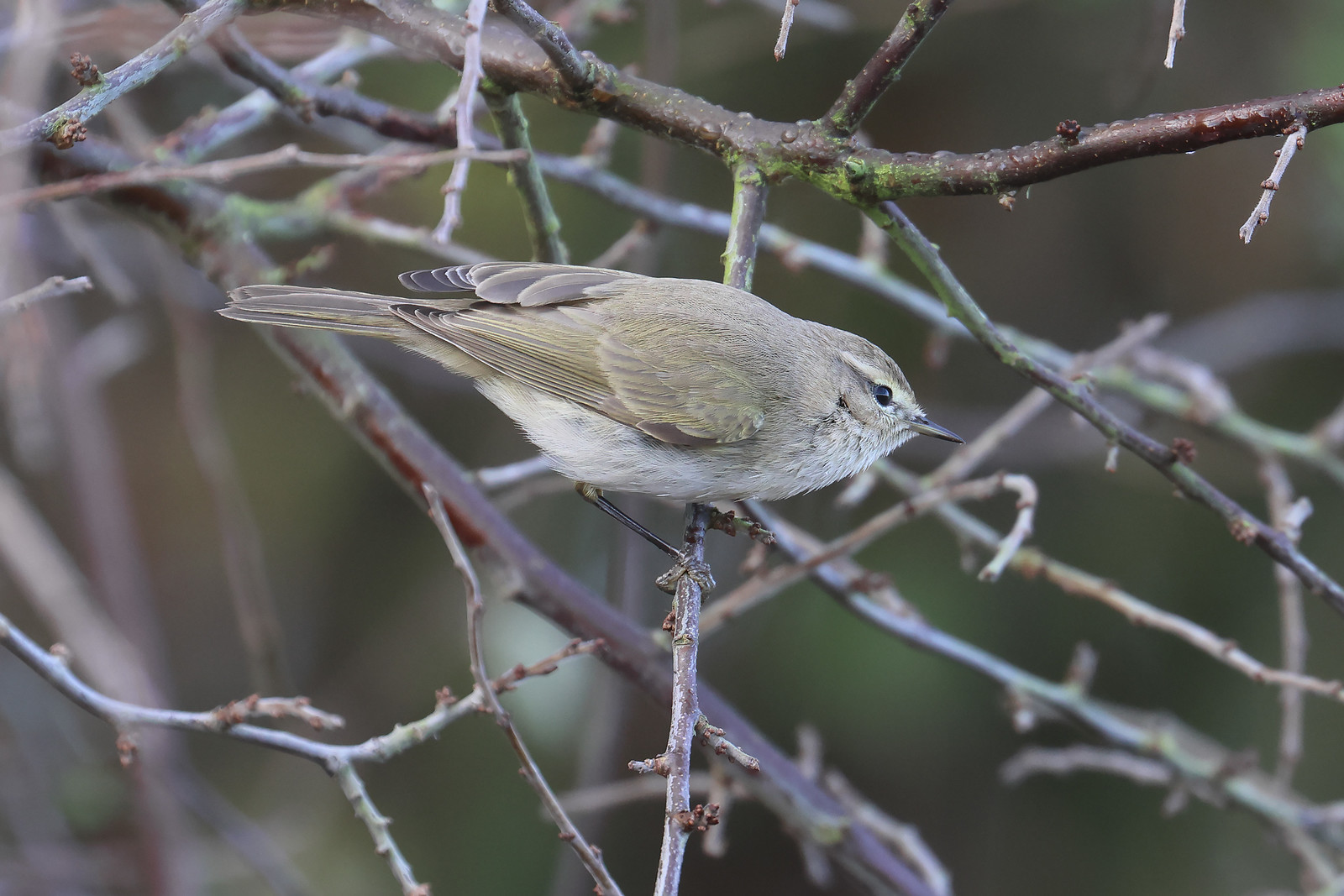
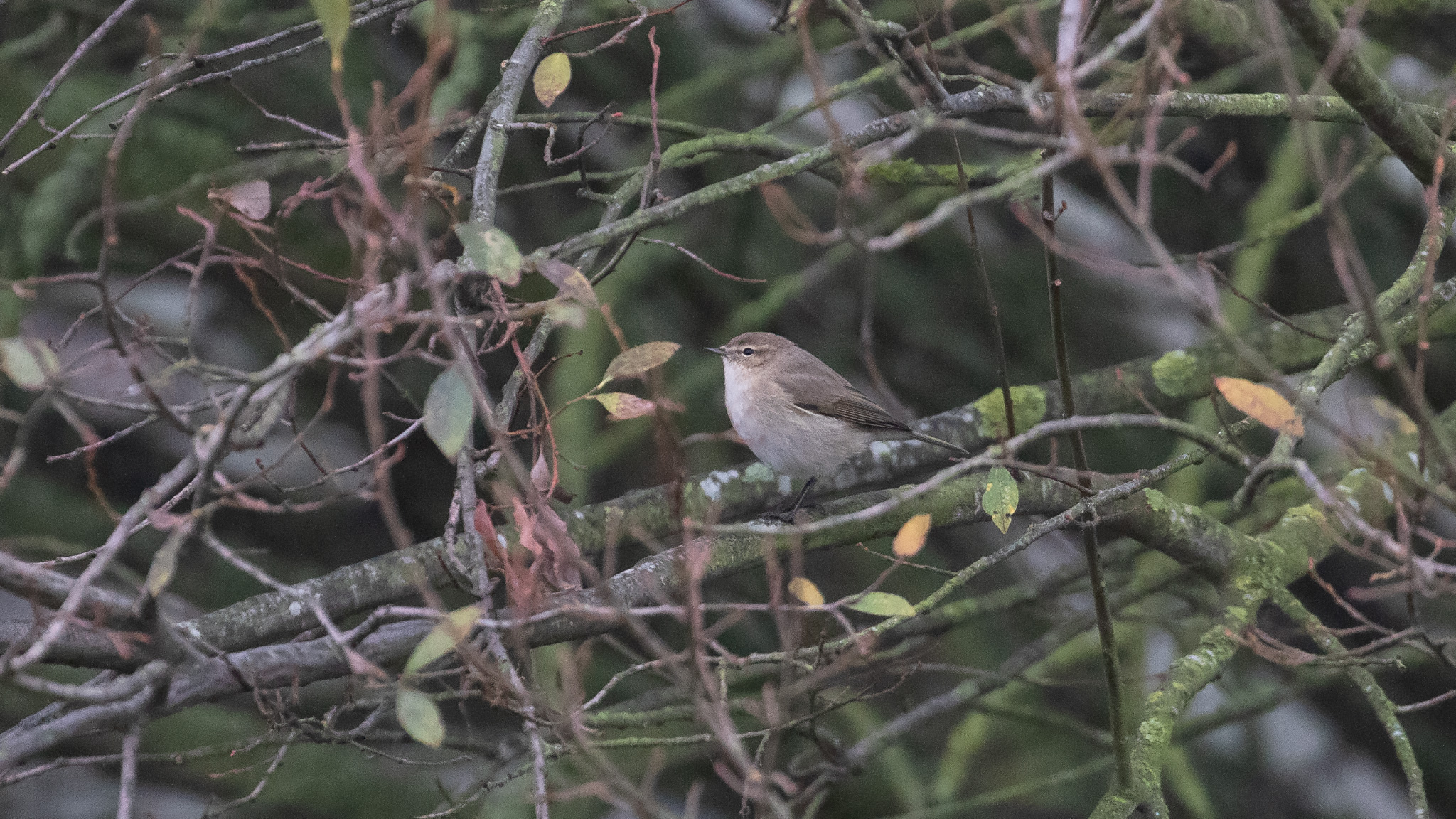
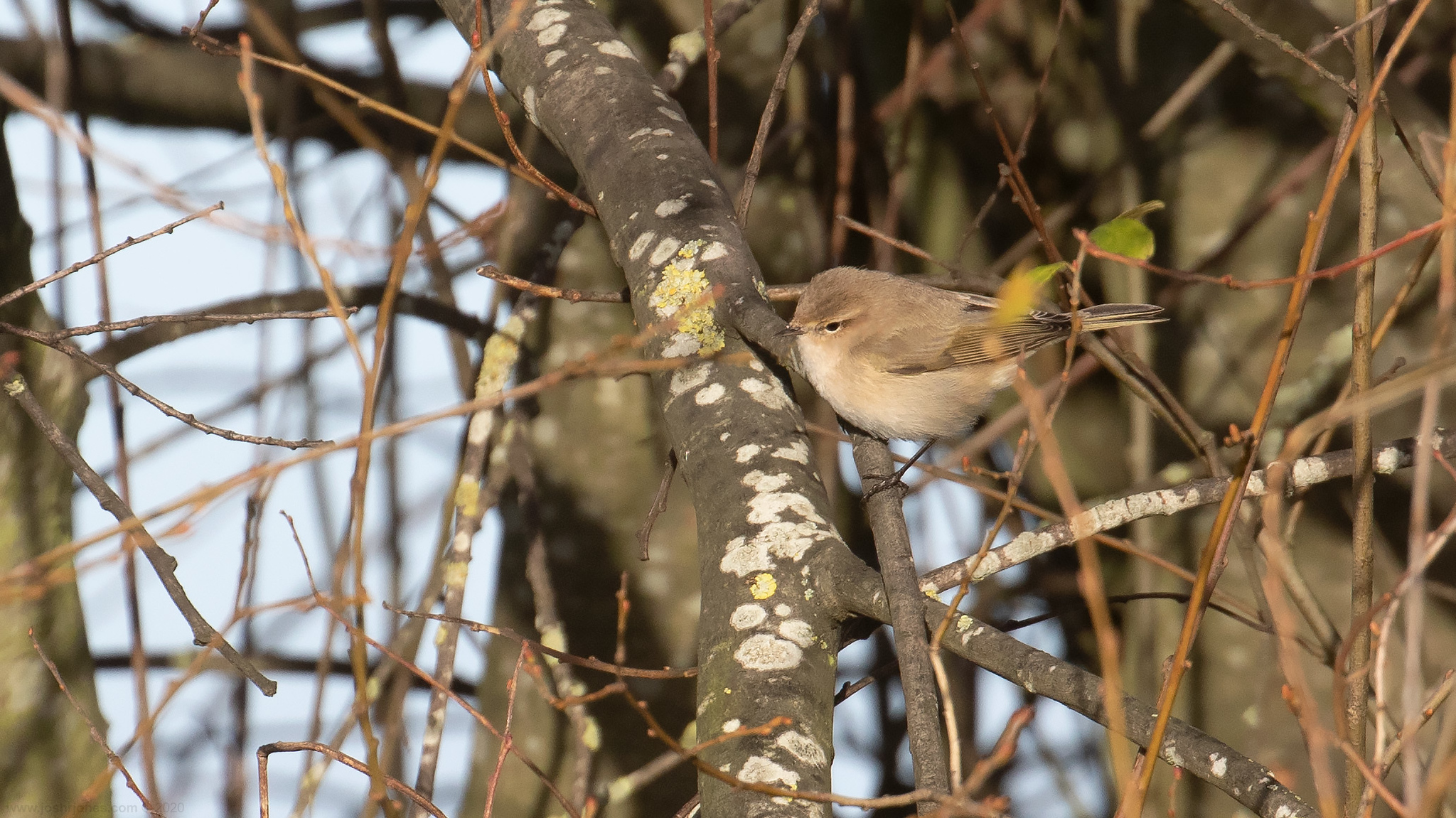
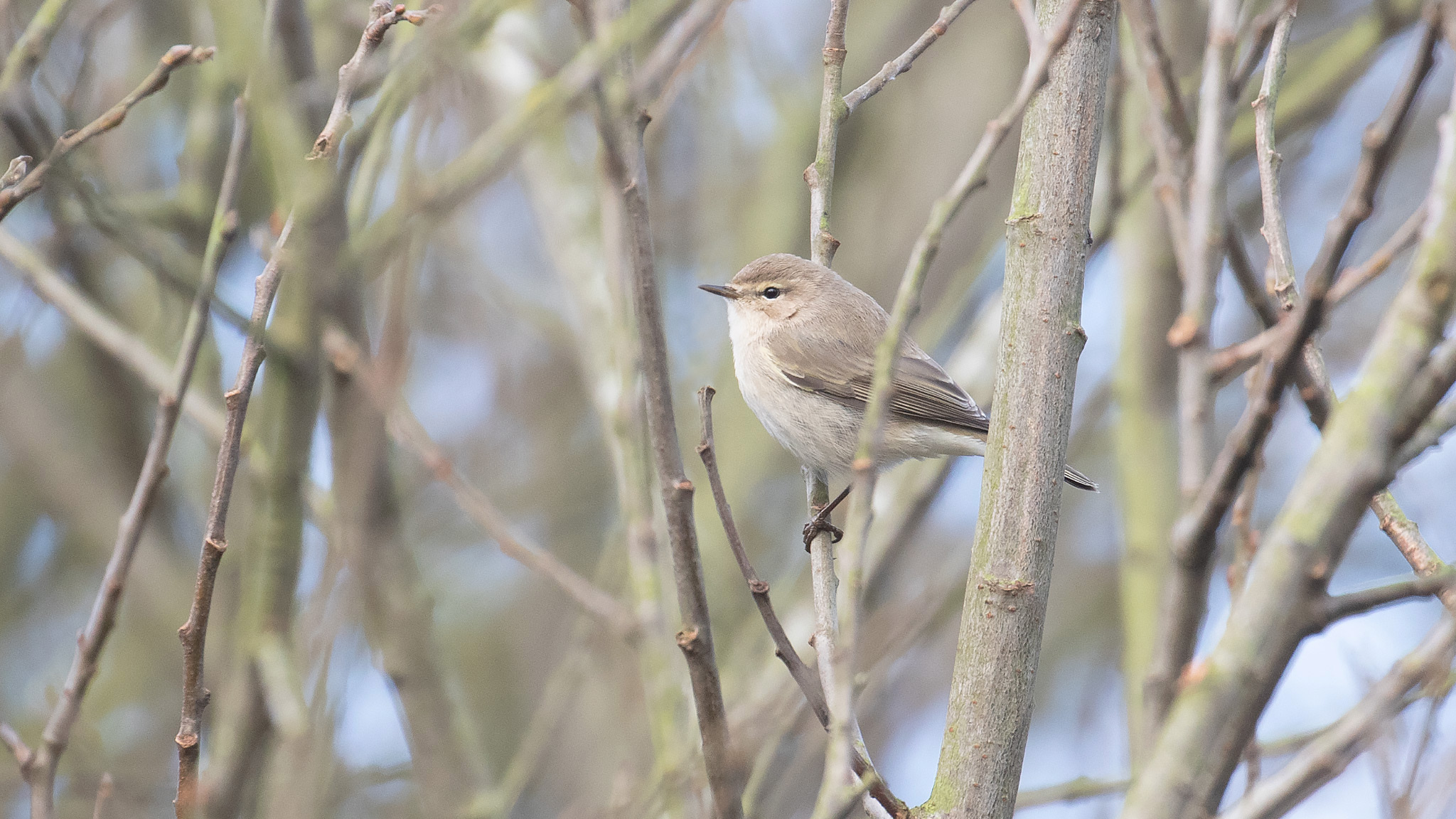
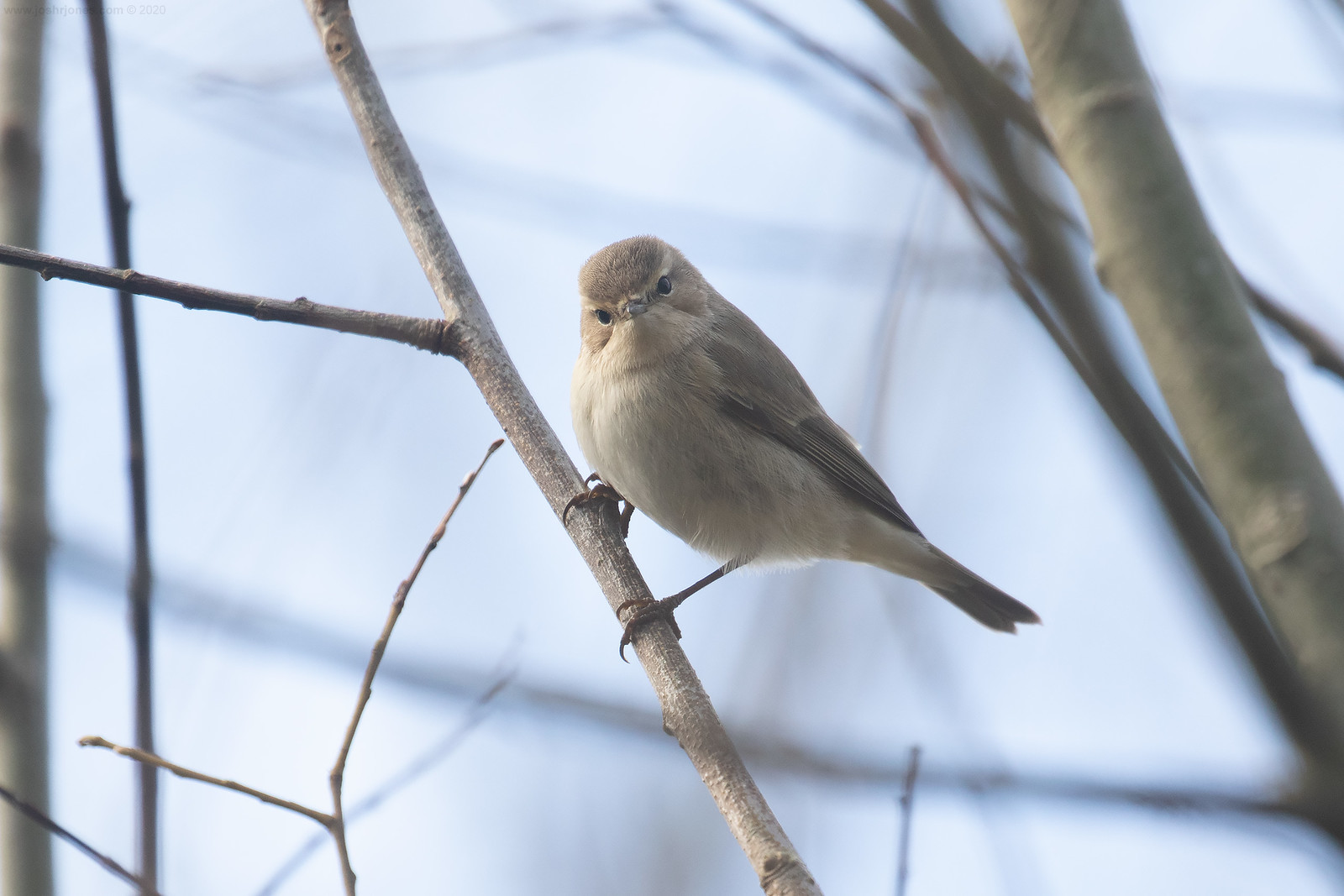
 RSS Feed
RSS Feed